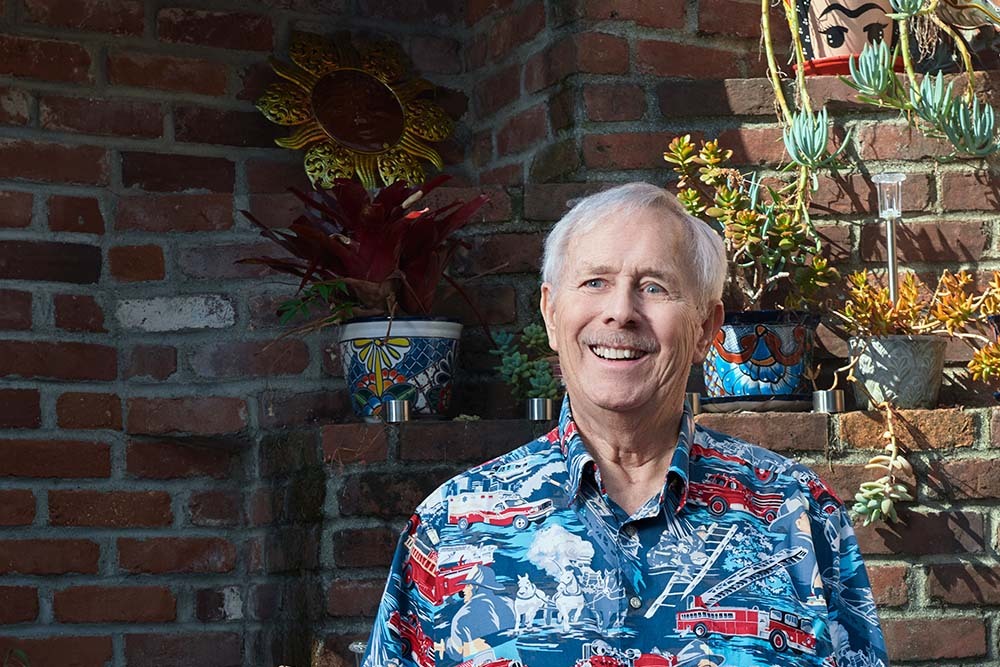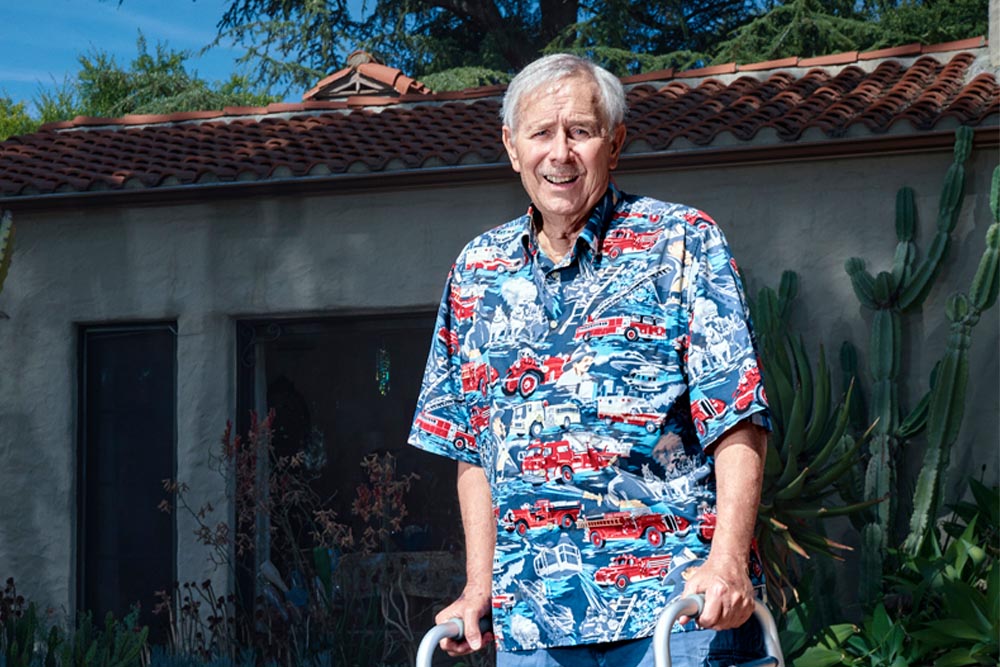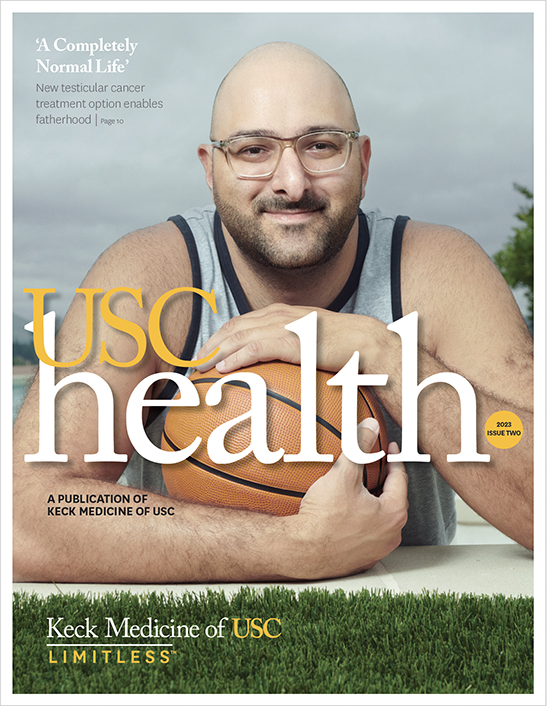
The emergency department at USC Arcadia Hospital is a vital resource for San Gabriel Valley residents. For Gary Hood, a retired firefighter, it was nearby when he needed it most.
Gary Hood spent more than three decades saving lives as a firefighter in Los Angeles. But when his own life was suddenly in peril, Gary found himself on the other side of the rescue.
One day in late February, Gary experienced tiredness, nausea, vomiting and aches — symptoms he thought were a sign of the flu. Soon after, he felt dizzy and had jaw pain.
“That’s when I knew the writing was on the wall and that it was a possible heart attack,” Gary says. His wife, Kat, a retired cardiac nurse who also recognized the warning signs, called 911.
Paramedics used an electrocardiogram (EKG) test to confirm the diagnosis, and they rushed him to the emergency department at USC Arcadia Hospital, part of Keck Medicine of USC.
The hospital, located just five miles from Gary’s home in Sierra Madre, is also a Los Angeles County-designated comprehensive stroke and heart attack receiving center.
How a catheterization laboratory helps during a heart attack
Gary arrived at USC-AH in cardiogenic shock — which occurs when the heart can’t pump enough blood and oxygen to the brain and other vital organs — and in respiratory failure.
“His blood pressure was low, his heart rate was fast and he had trouble breathing,” says Antreas Hindoyan, MD, a Keck Medicine cardiologist who treated Gary in the emergency department. “His condition was life-threatening, so I told him the only way to save his life was to go to the hospital’s catheterization laboratory.”
In the lab, Dr. Hindoyan guided a small catheter tube through Gary’s blood vessel to his heart.
I’m here today because of their skills. I can’t give them enough thanks.
Gary Hood, patient, USC Arcadia Hospital
The diagnostic procedure revealed artery blockage and that the patient’s heart attack had ruptured one of his four heart valves. Dr. Hindoyan then inserted stents to hold the arteries open to aid blood flow.
“Gary was not improving, so we put in a balloon pump, which goes from an artery in the leg to the main artery to help the heart pump more blood,” Dr. Hindoyan says.
Gary was admitted to the intensive care unit at USC-AH, where he remained in critical but stable condition.
Coordinating treatment within the same health system
The USC-AH emergency department, which cares for more than 47,000 patients per year, is a crucial resource for San Gabriel Valley residents.
It is now managed by the Department of Emergency Medicine at the Keck School of Medicine of USC, and it offers the expertise of 15 Keck Medicine emergency physicians.
About 20% of USC-AH emergency cases require inpatient care. And because the hospital has been affiliated with Keck Medicine since July 2022, the sickest individuals can be transferred to Keck Hospital of USC for specialized treatment within the same organization.
That was the case with Gary, who was sent to Keck Hospital two days later.
Doctors used extracorporeal membrane oxygenation (ECMO), a type of advanced life support for critically ill patients whose heart or lungs aren’t working properly.
The technology is “an exterior pump that can take blood, oxygenate it and return it back to the body — which Gary needed,” Dr. Hindoyan says.
Keck Hospital was also where cardiothoracic surgeon Raymond Lee, MD, replaced the ruptured mitral valve in Gary’s heart. Both of his kidneys had also failed, so Gary received dialysis there too.
After nearly a month in the Keck Hospital ICU, he received long-term care for another 26 days.

At-home recovery after heart attack and dialysis
Since returning home in late April, Gary has received physical therapy, speech therapy, home health care and tai chi lessons.
“He’s doing spectacularly now,” Kat says. “He’s no longer on dialysis, he’s walking with a walker, he doesn’t need a hospital bed and he’s mentally alert.”
Gary is grateful for regaining some independence — including being able to perform small household chores, handle personal hygiene, drive to appointments and even visit friends in Santa Barbara.
“I’m on the road to recovery,” says Gary, who in August turned 78 and celebrated his 57th wedding anniversary. “You don’t know how much family means until you’re in a position like mine.”
He credits the entire Keck Medicine care team for his journey.
“I understand how they feel when they save somebody,” Gary says. “I’m here today because of their skills. I can’t give them enough thanks.”
Topics


